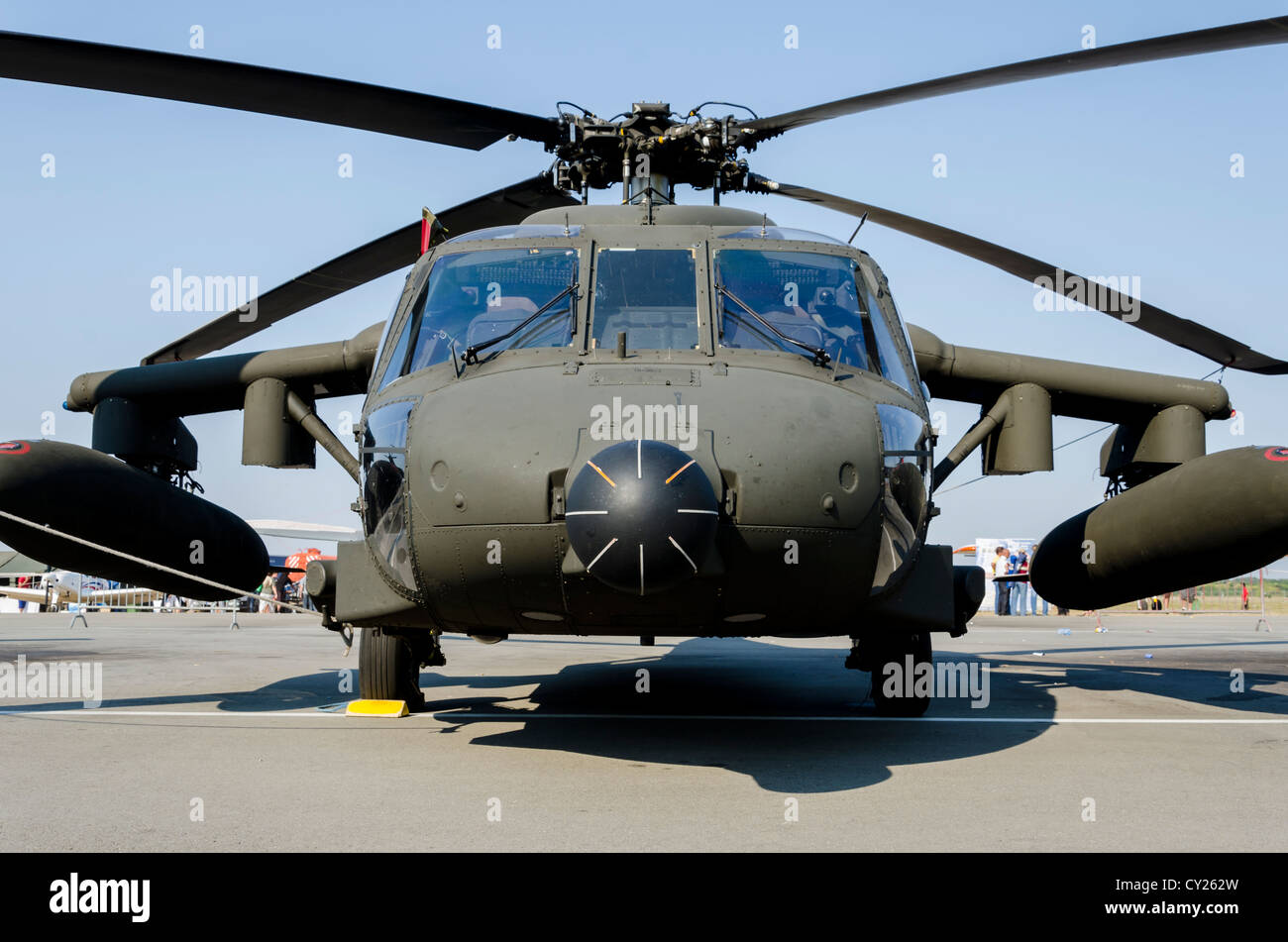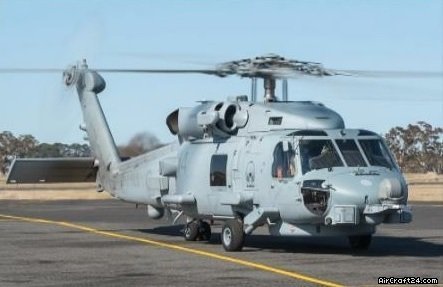High-Performance Multi-Role Rotorcraft Featuring Advanced Cabin Technologies and Integrated Sensor Systems
The world of rotorcraft innovation has seen remarkable improvements in recent times, especially in the realm of high-performance multi-role rotorcraft outfitted with advanced cabin innovations and perfectly incorporated sensor systems. In the following conversation, we will discover the evolution of rotorcraft modern technology, delve into the world of advanced cockpit technologies, and take a look at the ramifications of incorporated sensor systems on the operational convenience and effectiveness of modern-day rotorcraft.
Development of Rotorcraft Technology
The advancement of rotorcraft innovation has actually been marked by significant advancements in aerodynamics, products, and propulsion systems, shaping the abilities and performance of modern-day rotorcraft. In addition, improvements in propulsion systems, including much more powerful engines and cutting-edge propulsion modern technologies, have enabled rotorcraft to attain greater altitudes, faster rates, and higher hauls.
These advancements have not just changed the capabilities of rotorcraft yet have likewise broadened their applications across numerous industries, including armed forces, commercial, and emergency situation services. The continual advancement of rotorcraft innovation proceeds to drive development in the area, pushing the limits of what is feasible and forming the future of vertical flight.
Advanced Cockpit Innovations
Structure upon the foundational innovations in the rules of aerodynamics, materials, and propulsion systems, the world of rotorcraft technology currently shifts emphasis towards introducing Advanced Cockpit Innovations. The integration of innovative technologies within the cockpit environment plays a critical role in improving the operational abilities, safety and security, and performance of contemporary rotorcraft. sikorsky s 70. Advanced Cockpit Innovations include a large selection of attributes developed to give pilots with improved situational understanding, streamlined data monitoring, and instinctive control interfaces
One of the key developments in cabin layout is the execution of glass cabins, which change conventional analog determines with high-resolution display screens. These digital systems use personalized formats, real-time information integration, and boosted readability, allowing pilots to gain access to crucial info at a glimpse. Advanced avionics systems, such as fly-by-wire controls and increased reality screens, are revolutionizing exactly how pilots engage with the aircraft, allowing for specific control and improved decision-making abilities.


Integrating innovative cabin developments not just improves pilot efficiency however additionally adds to overall mission performance and security in intricate operational settings. By leveraging modern technologies within the cockpit, rotorcraft makers are setting brand-new standards for operational quality and goal success.
Integrated Sensing Unit Equipments
With the advancement of rotorcraft technology, the assimilation of sophisticated Integrated Sensor Equipment has become vital in improving operational performance and safety. These Integrated Sensor Systems encompass a vast array of technologies that provide crucial information for various features such as navigation, monitoring, targeting, and ecological monitoring. By flawlessly incorporating sensing units like radars, video cameras, lidar, and infrared systems right into rotorcraft, operators can gain from boosted situational awareness, improved objective capacities, and reduced pilot work.
One secret benefit of Integrated Sensing unit Systems is their capability to collect real-time data and provide workable understandings to pilots and goal operators. Progressed radar systems can discover and track targets over long distances, enabling for early threat discovery and effective reaction preparation. Additionally, integrating infrared and electro-optical cameras enables rotorcraft to carry out reconnaissance and monitoring objectives with accuracy and accuracy.
Fundamentally, the combination of cutting-edge sensing unit technologies into rotorcraft not just improves functional effectiveness however likewise contributes substantially to general goal success and crew security. As rotorcraft remain to evolve, the duty of Integrated Sensing unit Systems will unquestionably remain at the forefront of technology in the aerospace sector.
Functional Flexibility and Effectiveness
Enhancing operational convenience and efficiency in rotorcraft is a natural development from the assimilation of innovative Integrated Sensing unit Systems. By leveraging the insights and information offered by these advanced sensing unit systems, rotorcraft can optimize their efficiency across Go Here various objectives and settings.
Functional flexibility includes the ability of rotorcraft to adapt to various duties and situations effectively. With advanced cockpit innovations and integrated sensing unit systems, rotorcraft can flawlessly transition between jobs such as search and rescue, clinical discharge, surveillance, and more. This versatility boosts the rotorcraft's ability to meet diverse functional demands without calling for substantial reconfiguration.
Efficiency in rotorcraft procedures is vital for making the most of objective efficiency and resource usage. Integrated sensing unit systems play an essential function in boosting functional performance by supplying real-time data on climate condition, surface mapping, target monitoring, and much more. This information allows pilots to make educated decisions promptly, maximize trip paths, save gas, and improve general mission efficiency.
Influence On Modern Aeronautics Operations

Additionally, the assimilation of innovative sensors promotes improved goal preparation and implementation, making it possible for rotorcraft to do a vast array of jobs with boosted precision. From search and rescue procedures to airborne firefighting and law enforcement missions, the abilities of contemporary rotorcraft geared up with sophisticated cockpit innovations and incorporated sensing unit systems are exceptional.
Furthermore, the effect of these developments expands beyond operational performance to cost-effectiveness and sustainability. By maximizing trip courses, gas consumption, and maintenance routines, high-performance rotorcraft geared up with advanced cockpit modern technologies and sensors contribute to lowering functional prices and ecological impact, making them crucial properties in modern-day aviation operations.
Conclusion
Finally, the high-performance multi-role rotorcraft with sophisticated cabin technologies and integrated sensor systems stands for a substantial evolution in air travel innovation. These innovations enhance functional adaptability and effectiveness, inevitably influencing modern aeronautics procedures in a positive method. The integration of these advanced innovations enables improved abilities and efficiency in numerous goal circumstances, showcasing the proceeded advancement of rotorcraft technology in the aeronautics industry.
The realm of rotorcraft modern technology has seen notable innovations in recent times, specifically in the world of high-performance multi-role rotorcraft furnished with innovative cabin innovations and seamlessly incorporated sensing unit systems. From enhanced goal adaptability to enhanced operational performance, the convergence of advanced cabin innovations and integrated sensing unit systems has ushered in a brand-new age of possibilities for rotorcraft applications. In the adhering to discussion, we will certainly check out the evolution of rotorcraft modern technology, click this site dig into the world of sophisticated cabin technologies, and take a look at the implications of incorporated sensing unit systems on the operational convenience additional resources and effectiveness of modern rotorcraft.
